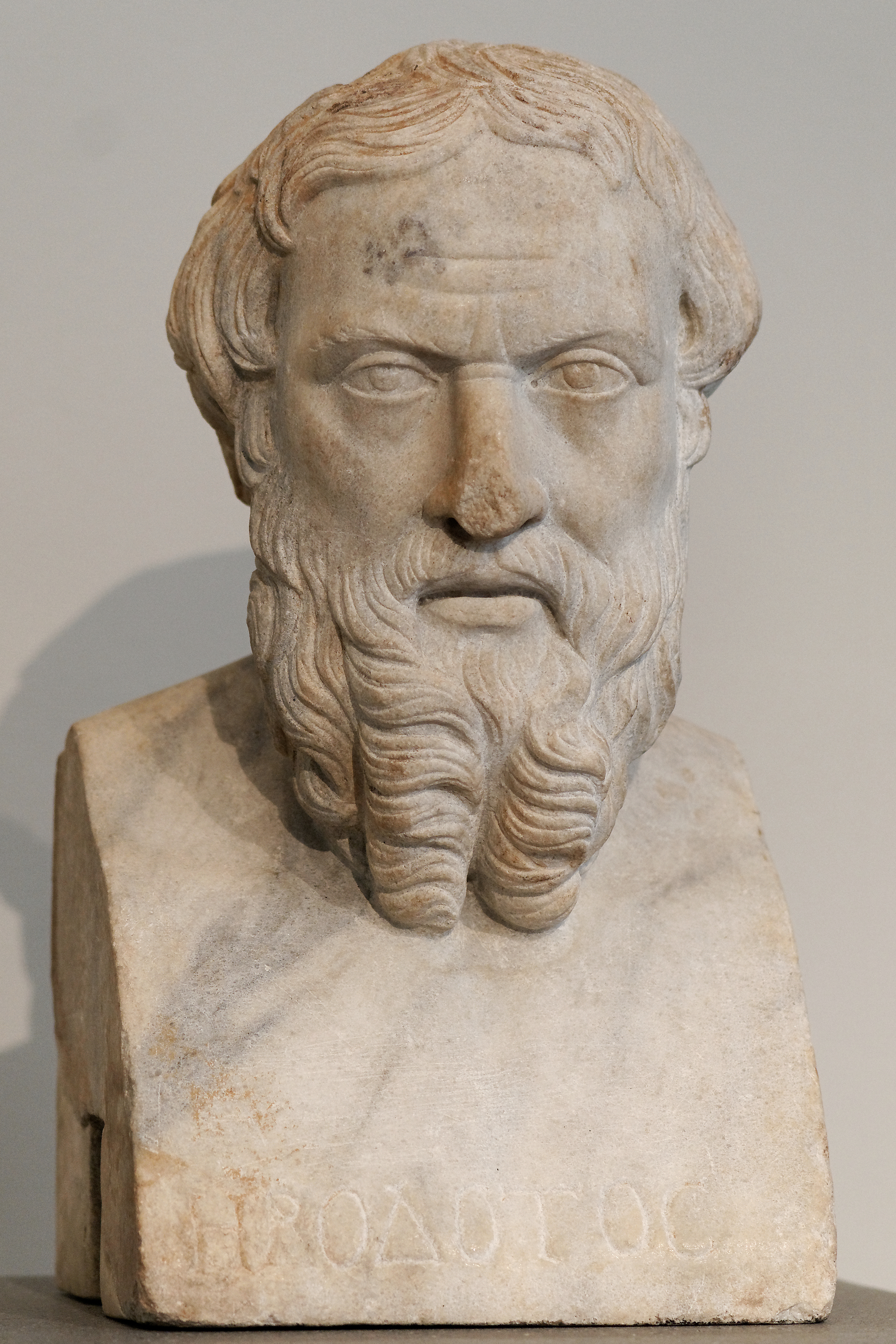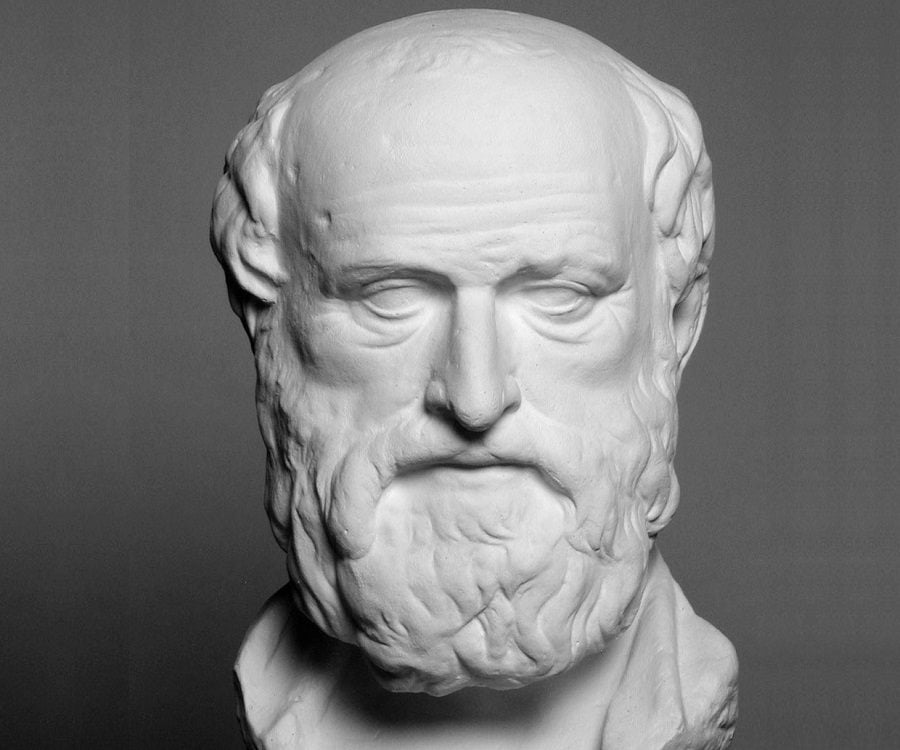Marxism
Marxism is a method of socioeconomic analysis that analyzes class relations and societal conflict using a materialist interpretation of historical development and a dialectical view of social transformation. It originates from the mid-to-late 19th century works of German philosophers Karl Marx and Friedrich Engels.According to Marxism, economic issues are dominant in any society and it has been responsible for all major changes in history. Capitalism will eventually be replaced by a socialist system and a classless society in which there is no exploitation or private property. The state will then provide work and everything one needs to live. The previously exploited masses or proletariat will take the lead in this new society.
Marx describes the social classes in capitalist societies:
- Proletariat: "the class of modern wage labourers who, having no means of production of their own, are reduced to selling their labour power in order to live". As Andrei Platonov expressed "The working class is my home country and my future is linked with the proletariat." The capitalist mode of production establishes the conditions enabling the bourgeoisie to exploit the proletariat because the workers' labour generates a surplus value greater than the workers' wages.
- Bourgeoisie: those who "own the means of production" and buy labour power from the proletariat, thus exploiting the proletariat; they subdivide as bourgeoisie and the petite bourgeoisie.
- Landlords: a historically important social class whose members retain some wealth and power.
- Peasantry and farmers: a scattered class incapable of organizing and effecting socio-economic change, most of whom would enter the proletariat while some became landlords.
Communism
The ideology, based on Marxism, in which communal ownership of means of production is promoted.In a communist society, there must be no private ownership and no class structure. Each member of the community must work according to his or her abilities for the good of the whole community and they should be rewarded according to their needs. Communism must be brought about by revolution and violence, and is associated with a totalitarian Communist Party who takes total control of economic, social and political aspects.
"Karl Marx"
Feminist Theory
Feminist theory is a major branch of theory within sociology that is distinctive for how its creators shift their analytic lens, assumptions, and topical focus away from the male viewpoint and experience. In doing so, feminist theory shines light on social problems, trends, and issues that are otherwise overlooked or misidentified by the historically dominant male perspective within social theory. Key areas of focus within feminist theory include discrimination and exclusion on the basis of sex and gender, objectification, structural and economic inequality, power and oppression, and gender roles and stereotypes, among others.
Feminist theory focuses on analyzing gender inequality.
Themes explored in feminism include:
- Discrimination
- Objectification (especially sexual objectification)
- Oppression
- Patriarchy
- Stereotyping
- Art history
- Contemporary art
- Aesthetics





